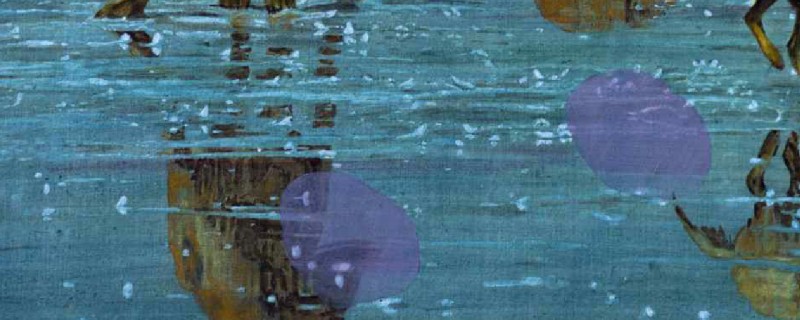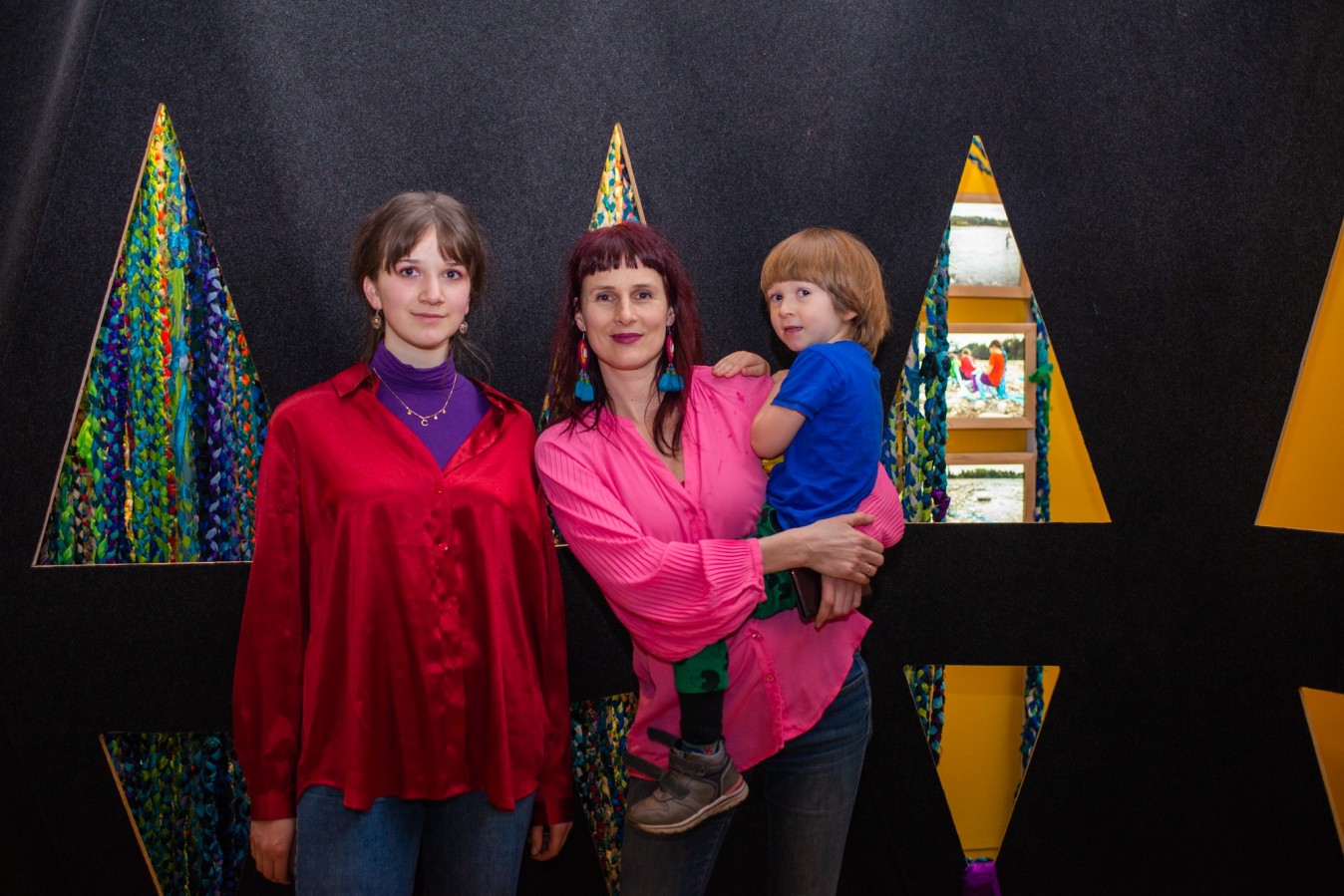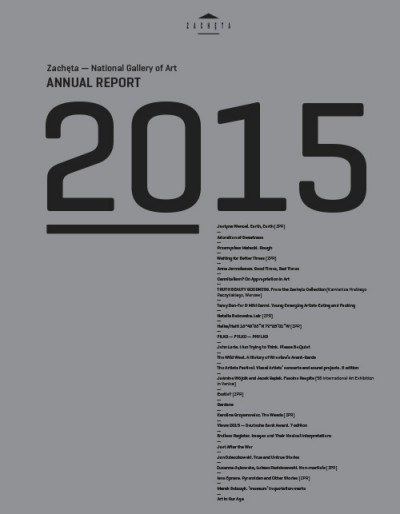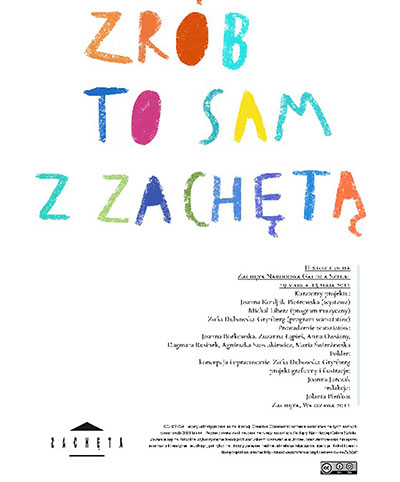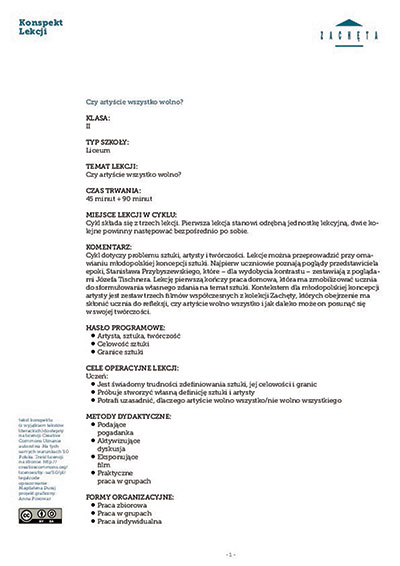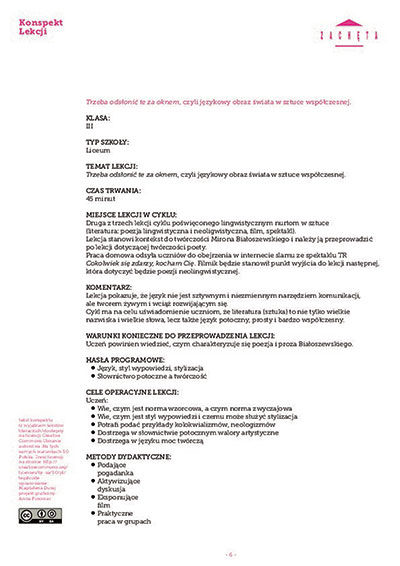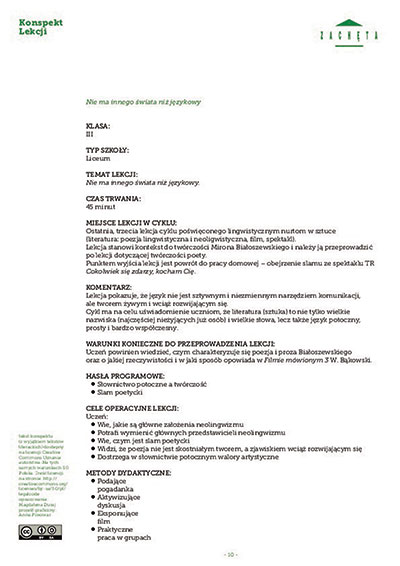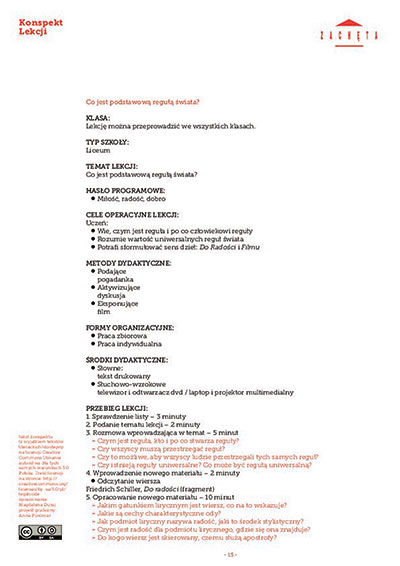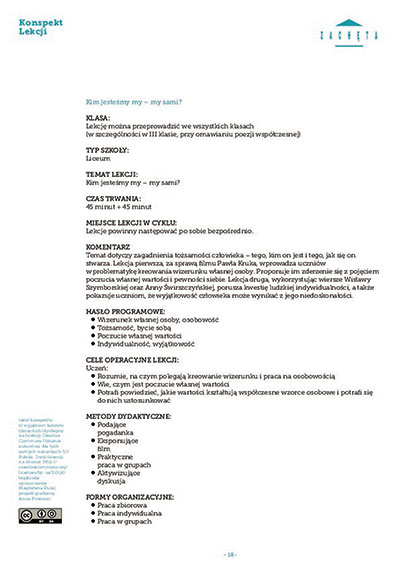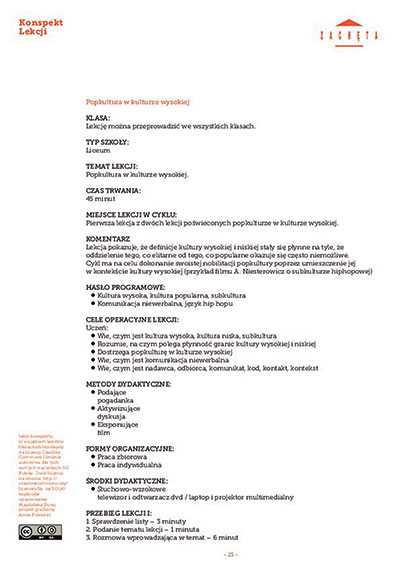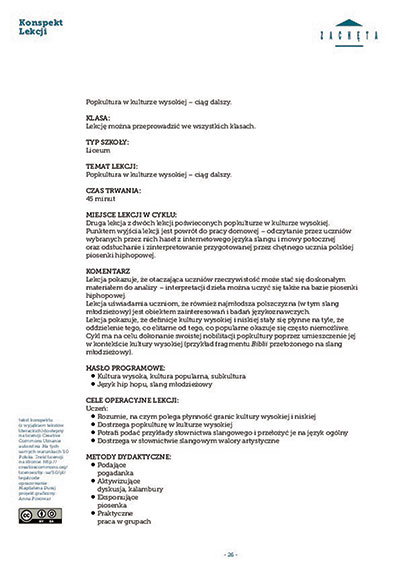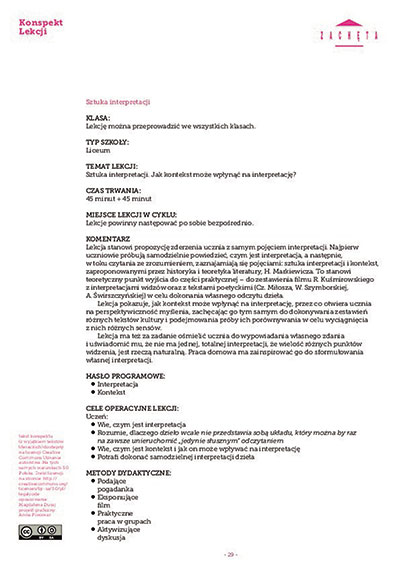Publikacja udostępniana jest na licencji Creative Commons.
Publication date: 08.02.2020
Questions for everyone:
What do you like to do together?
We like to dress up, try on clothes and we really like to go to neighbourhood sales and fair — recently, we’ve really enjoyed shopping for clothes together.
Do you have your own family customs or games you’ve come up with? What kind?
Urszula: We have one Christmas Eve tradition — whoever finds the nut in a borscht dumpling will have great luck during the coming year.
Cecylia: When Urszula was little, I had to tell her ‘sweet dream’ every night.Whenever I left town, I’d send her an SMS, and to this day, I sometimes send my 18-year-old daughter a message — ‘sweet dreams’.
We always had a ‘cocoa’ ritual with Urszula — very sweet, hot cocoa in bed, in the morning and at night.
Where did the idea for Braids of Białka River come from? How did the project come about?
Urszula: In summer 2010, we went on a family trip through Romania, ending in Bulgaria. It took almost a month and we met many Romani people. Mum loved the flower dresses the Romani ladies wore, but what caught my eye was the way the girls braided hair. They added colourful pieces of fabric to their hair, which made it possible to keep going without end. I remember in one village, we were invited to a Romanian home, and the teenage girls taught us how to braid the fabric in. After we came back, I would ask mum to give me ‘Romani’ braids almost every day, and I braided my friends’ hair in school the same way.
The Braids of Białka River action was closely linked with these events because those kilometres-long blue braids are made using the technique. My parents would take us to all kinds of places, but we really loved the beautiful Białka pass. I remember it very well, how clear the rushing water was, and how terribly cold, which didn’t stop me from sitting in it for hours. I think the river is particularly beautiful thanks to the white pebbles on the shores and the bottom; there’s a forest all around and you can see the big rock that some wild people would jump from.
When mum found out that they were going to regulate the river, decided to protest it, and with the help of other people make a ‘watery’ braid the length of the Białka. There was a room set aside for the action at the Bunkier Sztuki in Kraków; people would come together, talk and make braids the colour of the water. It was very close to my school, so I was often there, alone or with my friends, helping.
Cecylia: Just like Urszula wrote. Her braids were the inspiration for the Braids of BiałkaRiveraction. She had long, thick hair and a fringe, throughout all her childhood, I always plaited her hair into two braids. When she was ten, we went on holiday to Romania, where women taught us to plait colourful fabric into the braids, the way the Romani do it. We loved it. At home, I cut up some fabric into ribbons; we had two colour sets: a green-and-blue and a red-and-pink one. Urszula wore these long, colourful braids to school every day. When I decided on an action to defend the Białka River in winter 2013, I wondered how to do it. What if I made a braid the length of the river? And maybe the girls along the Białka could braid the strips into their own hair, and be linked by their braids? After all, the river is like the Romani. It flows through the village of Czarna Góra, where the Romani still live. It’s wild, fast and beautiful, defiant, flowing along a different course every year. It’s so fierce that in some places, you can’t even cross it. Later, I found out from Roman Żurek, a hydrobiologist from the Polish Academy of Sciences, that the Białka is a braided river — I didn’t know this when I came up with the idea for the action. Braids of BiałkaRiverspread the news about the controversial regulation of the river. In the past six years, there haven’t been any diggers in the river, so the action was effective and important. For me, privately, it was kind of a farewell to Urszula’s braids. After the action, Urszula was 12 years old and she cut her hair, so since then, I haven’t braided her hair for school.
Questions for the kids:
What’s the most interesting thing in the world for you?
I’m not sure I can answer that question, the whole world is interesting. There are fascinating relationships between natural phenomena, the harmonious and surprising complementarity of flora and fauna . . . There is an incredible number of cultures shaped by people in the world, from the beginning of humanity’s existence. Not to mention space. Even if it’s not exactly my strength, I have to say that chemistry, physics and maths are incredibly interesting, the way they simply ARE, the way they make sense, and people are just here to notice it, not create it. All the mythologies, religions, stories, just human imagination in general, it’s all very absorbing. People are able to create completely different worlds in a series of books. What’s interesting is how our psyche works, our bodies, and how they affect each other, as well as politics, fashion (in the sense of clothing design, as well as the social phenomenon). The way every person, every generation is different is also interesting.
When you think about the world in 10 years, what do you imagine?
Hopefully it’ll still be in relatively good shape, or better yet, it’ll be headed towards improvement. To be honest, I doubt much can change in ten years. There’ll probably be a ton of new gadgets and technologies, but I don’t foresee any more specific changes, although I am hopeful.
What does your mum do?
My mum is an artist and an activist. She does a lot of things, she paints pictures, makes films, defends historical buildings. She works with many ecologists and with them, she fights with things like river regulation, development/unjust division of Zakrzówek (a Kraków-area reservoir in a quarry, where we all swim in summertime) or clearcutting trees. I feel like lately my mum has been particularly absorbed by organising ecological actions and demonstrations, but each of them is an artistic concept of great aesthetic value. Mum has a talent for bringing together people who want to create something together. On top of that, she runs a lot of workshops and presentations, trying to make people aware of ecological problems. Recently, she even wrote a children’s book about trees.
What is art?
Art is a way to express yourself and your emotions. There are many art disciplines, but I think they’re all connected by playing with human emotions.
How do you imagine art and exhibitions in 100 years?
I think there will be a lot more technology and art will become the search for something completely new. Perhaps technological advancement will make it possible for people to find something that hasn’t been there before, but classical art forms will also be preserved (they’ve survived all these centuries, they’ll manage a bit longer).
Questions for parents:
Have children changed the way you look at the world?
Children help me see the world, to be more attentive. They allow me to do things I really love, but without kids, I probably wouldn’t do them. With kids, I enjoy the turquoise water in Zakrzówek even more, I enjoy the silky sand on the islands on the Vistula more. When Antek and Urszula were little, I made series of paintings with objects found underfoot — in Kraków, where I found cast iron valves for drains, and in the mountains, where we’d gone on holidays, where I collected rocks or burned pieces of wood. I noticed these small scraps of reality because I walked slowly, leading my daughter and son by the hand. Climbing trees, reading beautiful stories, eating gummies and ice cream, archery, throwing rocks into the river, and other pleasures.
How do your profession and your work influence your children?
I think my children have many more adventures thanks to my work. For example, this year, Ignaś sailed down the Vistula with me as part of the Sister Rivers actions. Ignaś was part of the action Polish Mothers on Tree Stumps. He was even held by Pope Francis when we went to Rome to present him with the complaint about Minister Jan Szyszko. And then during the 365 Trees project, 9-year-old Antek was one of the main photographers. My children’s favourite places are Zakrzówek in Kraków and the Białka River pass. Antek and Urszula go to Zakrzówek all summer with their friends — without me now. But they know that their mother fought for this place and that our family life is linked with its history. I think they appreciate it more and more.
-
08.02 – 30.04.2020Two Arts Are Better than One
How do artists perceive the world and how do their children see it? What makes them happy? What do they fear? How do they see the future together? Winter break at the Zachęta will open with the first joint exhibition of artists and their children prepared for other children and their parents.
Zachęta – National Gallery of ArtZachęta
